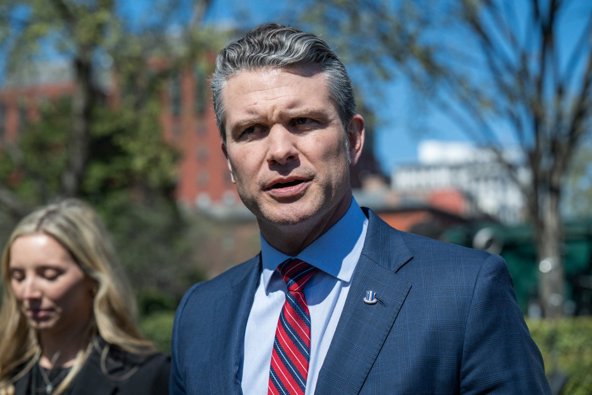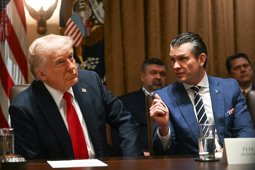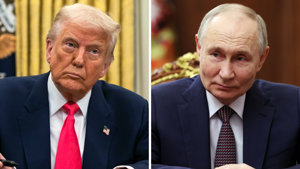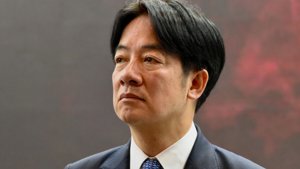
U.S. Plans Military Shift to Asia
U.S. Defense Secretary Pete Hegseth has reaffirmed the United States' deepening commitment to its Asian allies, announcing a significant expansion of military presence in the region. Speaking at a press conference in Manila during an official visit to the Philippines, Hegseth emphasized the Trump administration's resolve to prioritize the Indo-Pacific area in response to increasing tensions with China and North Korea.
“What the Trump administration will do is deliver, is to truly prioritize and shift to this region of the world in a way that is unprecedented,” Hegseth said, outlining a new direction in U.S. defense policy. This move underscores the administration’s strategy to bolster alliances and counterbalance growing regional challenges.
As part of this strategic shift, Hegseth announced the deployment of advanced antiship missile systems that will be integrated into upcoming joint military exercises with regional allies. The decision is seen as a direct response to China's assertive actions in the South China Sea and North Korea’s ongoing military provocations.
Hegseth’s remarks signal a broader recalibration of U.S. defense priorities, aiming to reinforce deterrence and ensure stability in the Indo-Pacific. The enhanced military cooperation is also intended to reassure allies like the Philippines, Japan, and South Korea of Washington’s continued support and readiness to act amid rising geopolitical uncertainties.
The deployment of missile systems and increased presence of U.S. forces reflect the administration’s intent to act decisively and collaboratively. The Trump administration’s renewed focus on Asia is part of a broader Indo-Pacific strategy designed to safeguard maritime routes, uphold international law, and promote peace through strength.
The announcement has been welcomed by U.S. partners in the region, who view the strategic pivot as a sign of enduring American leadership. As the situation with China and North Korea evolves, Washington’s latest move highlights its willingness to meet emerging threats with a robust and coordinated response.






